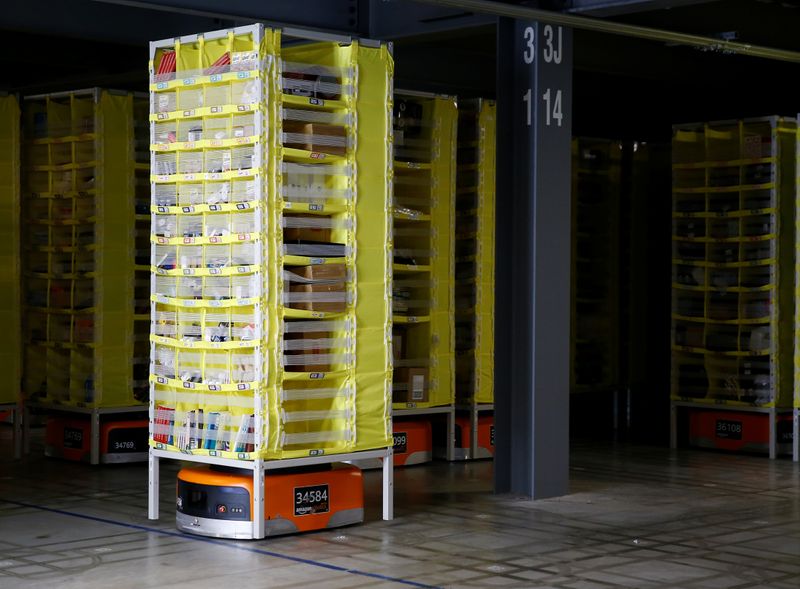WASHINGTON (Reuters) - U.S. wholesale inventories increased a bit more than initially thought in October, suggesting that the restocking of warehouses could again support economic growth this quarter.
The Commerce Department said on Thursday that wholesale inventories accelerated 2.3%, instead of 2.2% as estimated last month. Stocks at wholesalers increased 1.4% in September.
Economists polled by Reuters had expected inventories would be unrevised. Wholesale inventories jumped 14.4% in October from a year earlier.
Motor vehicle inventories rebounded 2.3% after falling 1.5% in September. They continue to be constrained by a global shortage of semiconductors, which has hampered motor vehicle production.
Inventories are a key part of gross domestic product. Wholesale inventories, excluding autos, advanced 2.3% in October. This component goes into the calculation of GDP.
A moderate pace of inventory drawdown in the third quarter accounted for all of the 2.1% annualized rate of increase in GDP growth last quarter. Inventories were depleted in the first half of the year, and COVID-19 pandemic-related shortages are making it difficult to rebuild stocks.

The urgent need to restock is keeping manufacturing humming. There are concerns from some economists that businesses wary of delays getting stock could over-order and end up with excess inventory, which could put the economic expansion in jeopardy.
Sales at wholesalers increased 2.2% in October after rising 1.7% in September. At October's sales pace it would take wholesalers 1.22 months to clear shelves, unchanged from September.